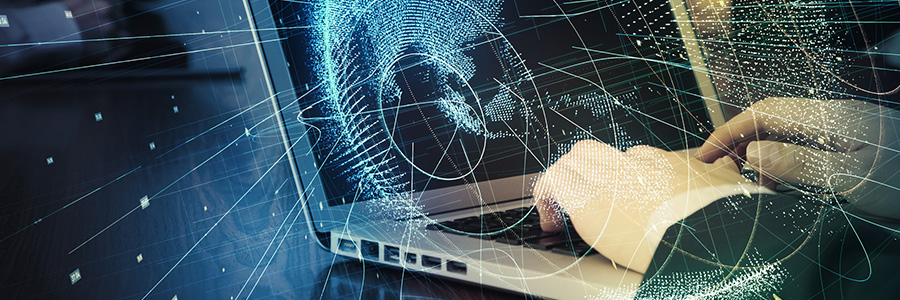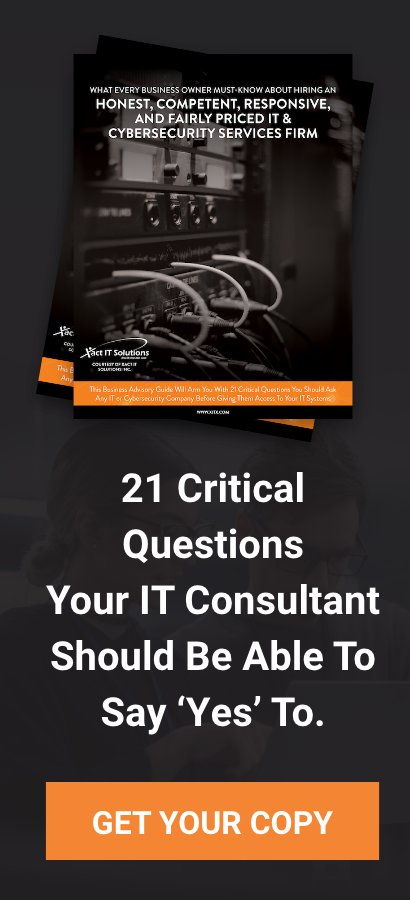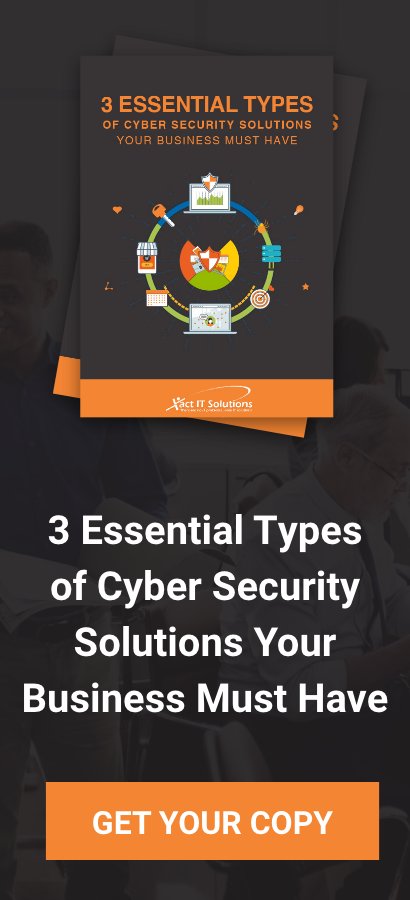It’s been over a decade since Windows 7 was released, but many companies are still clinging on to the dated operating system (OS) despite its rapidly impending retirement on January 14, 2020. Given the popularity of Windows 7, Microsoft has decided to continue supporting it for three more years, but that support comes at a substantial cost.
The Windows 7 Extended Security Updates (ESU) program is meant to be a stopgap for those who can’t upgrade on time. It’s only available to Professional and Enterprise users, with prices starting at $50 and $25 per device for the first year, eventually increasing to $200 and $100 in the third and last year.
For most companies, the most obvious course of action is to upgrade to Windows 10 without undue delay. What makes Windows 10 unlike its predecessors is that Microsoft has developed it to be evergreen, delivered as a service so that it’s always kept up to date with new security patches and user-requested features and functions.
Once you’ve upgraded to Windows 10, not only will you be able to take advantage of automatic updates, but you will also never need to buy a new license unless you’re installing it from scratch on a new machine or replacing another operating system. That’s why Microsoft is claiming that Windows 10 is the “last” Windows, although some have their doubts whether that’s true.
Why sticking with Windows 7 isn’t an option
Windows 7 won’t suddenly stop working on January 14, and there’s nothing stopping you from continuing to use it for as long as you want. However, unless you’re enrolled in the costly ESU program, you won’t receive any critical security updates. You will miss Microsoft's weekly security updates that address new vulnerabilities and other potential concerns in supported software.
Since Windows 7 is going to be more than a decade old, and Microsoft is busy focusing on the continued improvement of Windows 10, it’s hardly economical for the company to keep supporting the old operating system. This means that any devices still running Windows 7 will be more vulnerable to a data breach or leak, which isn’t a risk you can afford to take. Other concerns include the increasing lack of interoperability with newer systems and the resultant dip in performance and productivity.
If there are great risks to not upgrading, why are businesses holding on to the soon to be sunsetted software? Here are three major reasons:
- Disastrous experience with previous versions
Unfortunately, full-scale deployment of Windows 10 in the enterprise is a laborious task, especially when you have hundreds or even thousands of devices to upgrade. Many IT professionals still remember the migration from Windows XP to Windows 7, which introduced so many changes and challenges that it took some companies years to fully upgrade to the new systems.
Meanwhile, those who upgraded to Windows 8 will remember the frustrating deletion of the start menu. But while these past pains are understandable, they’re unfounded. Microsoft allows you to do an in-place upgrade without having to lose any applications, user accounts, or data. That was near impossible in earlier versions, when in-place upgrades often resulted in system failures and compatibility issues. - 2. Fear of losing control to Microsoft
One of the greatest benefits of Windows 10 is also seen by some as one of its most serious drawbacks. Unlike in previous editions, updates are mandatory in Windows 10. Feature updates, which include new capabilities and improvements, can be deferred for up to one year, while security updates can only be deferred by 30 days. While these rules help keep Windows 10 safe from attackers, forced updates can disrupt operations, which worries some technology leaders. Fortunately, there are now third-party solutions that can keep IT teams informed about which updates are in progress and what effects they have on end-user experience.
- If it ain’t broke, don’t fix it
Although Windows 7 was an enormous success, it’s a dated operating system that brings a lot less to the table in modern business environments than it once did. Just because it might seem to be working just fine doesn’t mean that it’s completely acceptable to keep using it. Using an OS without security updates will significantly increase your susceptibility to a devastating cyberattack. That should be reason enough to upgrade, though there are some compelling additional boons, such as improved performance and better end-user experiences, particularly when using cloud-based resources.
Xact IT Solutions helps companies future-proof their operations with cutting-edge IT and expert guidance. Call us today to migrate to Windows 10 seamlessly and avoid the risks of staying with an outdated operating system.



